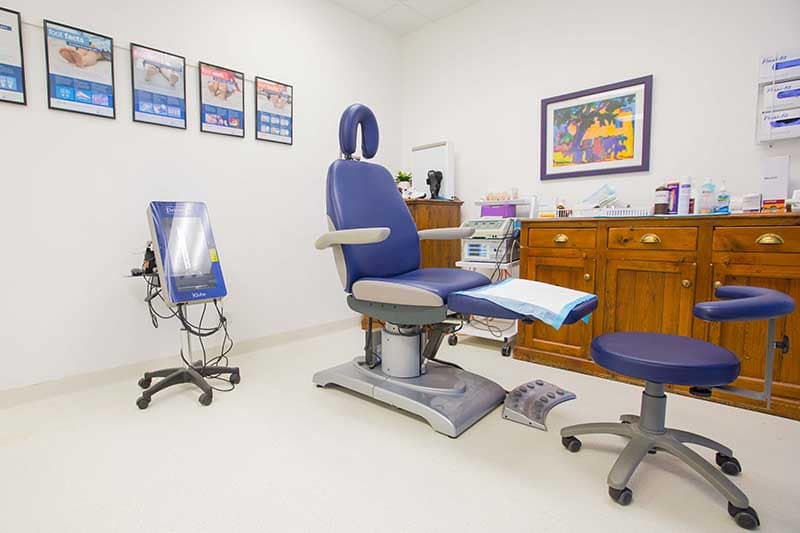About
Alice Springs Podiatry
Alice Springs Podiatry is committed to helping walk, run and stand without pain. We pride ourselves on providing a superior level of customer service and modern treatment techniques to locals and visitors to Alice Springs and surrounds.
Using advanced medical equipment and the latest techniques available in our field; we accurately diagnose and treat your foot, ankle and leg conditions.
Our friendly Alice Springs podiatrists go to great lengths to help you understand your condition and the full range of treatment options available to you. With individual attention and advanced treatment techniques for effective relief, we can help you find the true cause of your pain.
Our clinic is hygienic and all of our equipment cleaned stringently to exceed Australian standard.
If you want to live an active life, but pain in lower back, feet, ankles, lower legs, or knees is preventing you, call or email us to arrange an appointment today!

Clinic Hours
Monday to Friday: 8:30am–5:30pm
Location
We are conveniently located at 1/61 Smith Street, Alice Springs.
Parking
Off-street parking is available either at the front of the Alice Springs Podiatry clinic or at the rear of the building.
Payment
We offer on-the-spot health fund claims using HICAPS in addition to eftpos and credit card facilities. We welcome your call for any enquiries regarding our podiatry fees.
Can’t find the answer you’re looking for? Please call our Alice Springs Practice on (08) 8953 8822
FAQs
In most cases you won’t require a referral, unless you are a patient from the Department of Veterans’ Affairs (DVA), Supplementary Allied Health Services Scheme (SAHS), Work Cover Group or an Enhanced Primary Care (EPC) patient.
- Medical records and x-rays from referring specialists/GPs that you’ve seen for the same condition
- The footwear you usually wear
- A pair of trainers/sneakers
- List of medications you are currently taking
- Shorts & t-shirt for a running/walking analysis
A common cause of heel pain is plantar fasciitis or plantar fasciosis. In these cases, the pain comes from overuse and degeneration and / or a tear in the plantar fascia at the point where it attaches to the heel bone. Although an injury can lead to heel pain, there rarely is a clear cause and effect association.
Heel pain can take the form of a sharp, burning or aching sensation. In most cases, the pain occurs on only one heel, although both feet can be affected. Men and women seem to be equally vulnerable; most patients are middle-aged people who tend to be overweight.

